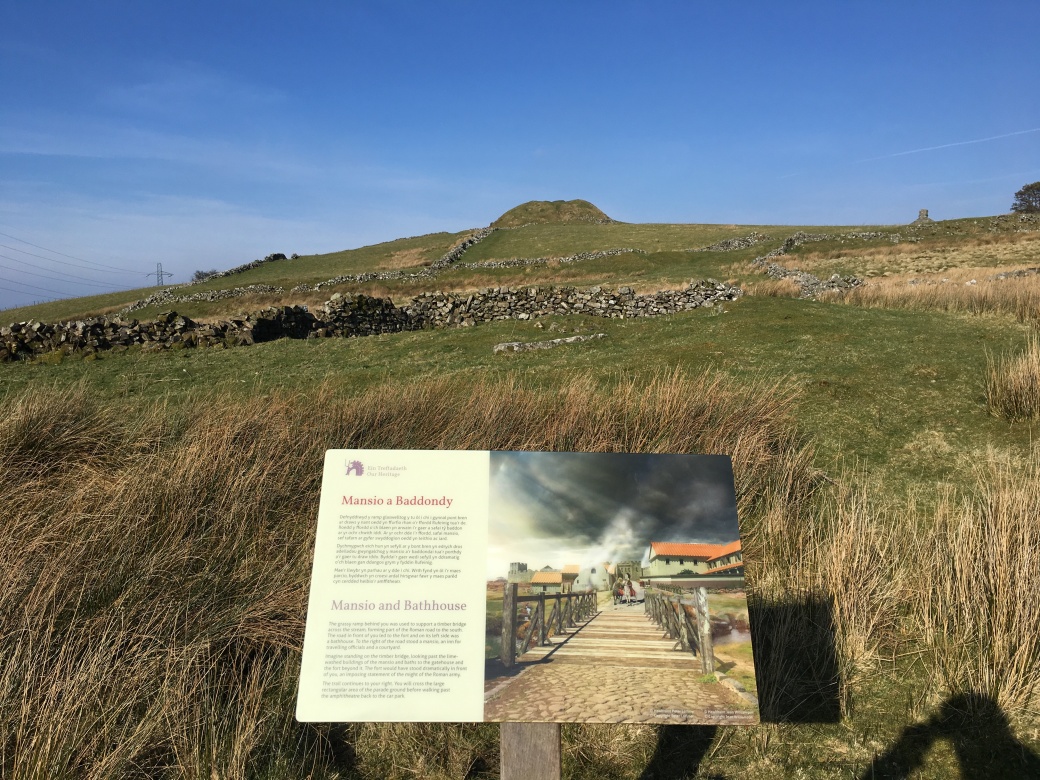In the heart of Snowdonia, nestled in the hills North East of Llyn Trawsfynydd are some unnatural looking grassy mounds. And it isn’t until you read the information boards that you realise the history and intrigue that the weird looking landscape holds.

Around two-thousand years ago in these parts of Wales there was fierce Celtic resistance to Roman rule. Shortly before Gneaus Julius Agricola’s governorship of Britannia began an entire regiment of Roman cavalry were massacred by the Ordovices – an actively resisting clan fighting a bitter guerilla war against the foreign invader.
This act of native savagery was answered with fury by Agricola. Seizing the opportunity to show off the might of the Roman forces, the Ordovices were effectively wiped out as an example to any other would be resisting clans. Agricola ordered the construction of a mighty fort complex, isolated and deeply exposed in this lawless land.
The fort would serve the purpose of maintaining order among the remaining native population and was initially built from wood to house 1000 cavalry. The complex consisted of a garrison, parade ground, bath house, inn and an amphitheatre. It is believed that the arena was built for ‘entertaining the troops’, compensating them for such a grim and bleak posting.

After the construction of the fort Agricola went on to build similar outposts throughout Northern England and the lowlands of Scotland resulting in the ultimate conquest of Britannia. Sadly, no Roman records of Tomen y Mur have survived and still to this day the original name of the site remains unknown. Tomen y Mor is the Welsh name, meaning ‘mound in the walls’.
Tomen Y Mur can be accessed by foot from a nearby car park. Travelling North on the A470, after passing Llyn Trawsfynydd on your left, take the next right turn heading East along a lane towards a lake called Llyn yr Oerfel. The site is located before you reach the lake opposite the forest. There are amazing views over Trawsfynydd and beyond as well as some great circular walks taking in some of the old slate quarries that are nearby.



